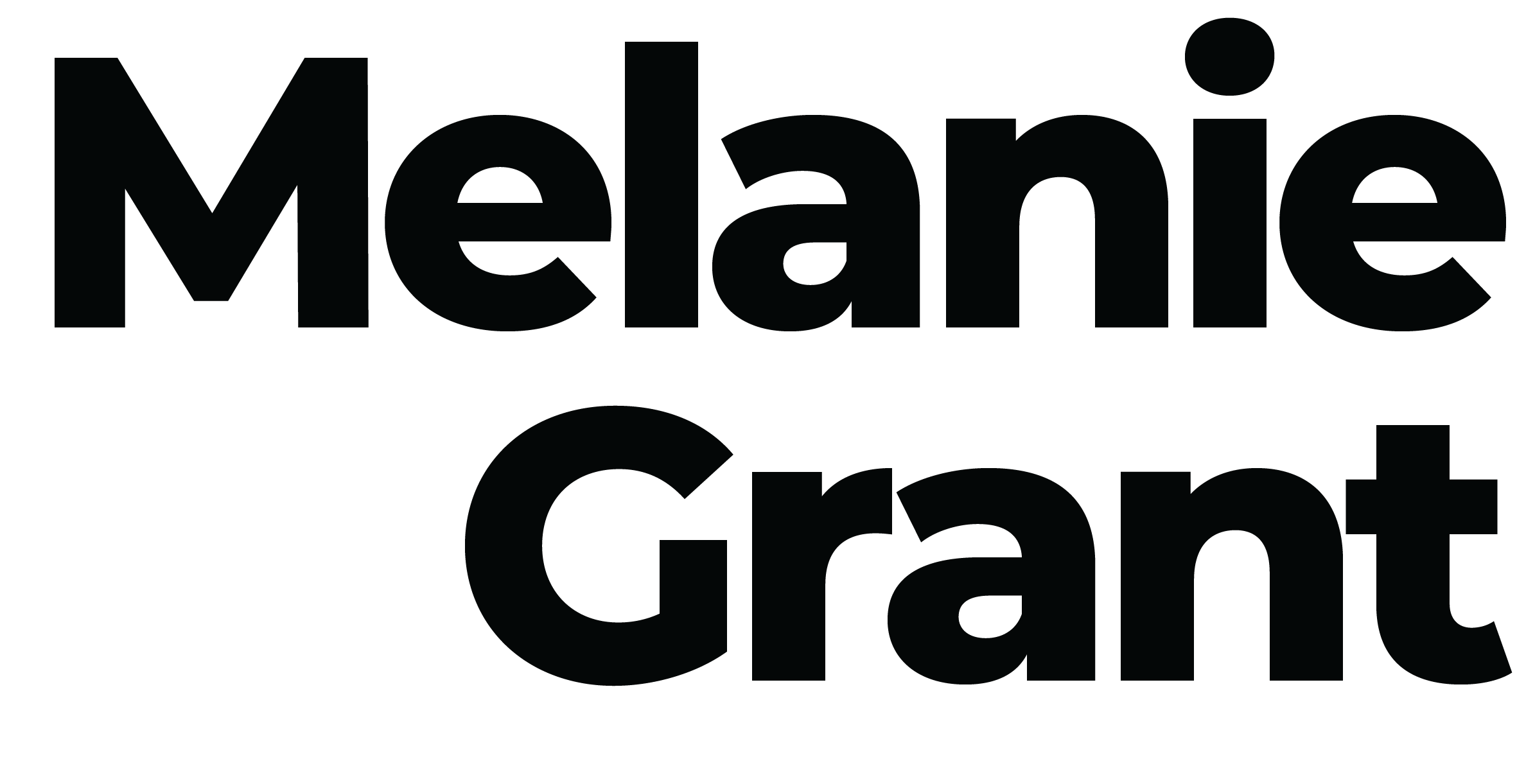Our skin cells naturally turn over every 28 days; old layers shed away to reveal fresh skin beneath. As we age our cell renewal process naturally slows down, so regular exfoliation is vital in keeping the complexion smooth, balanced and glowing.
When it comes to exfoliation, there are two groups, physical and chemical. Physical exfoliation relies on physically buffing away dead skin cells with a granule-based product generally in the form of scrubs and cleansers. Chemical exfoliation, on the other hand, uses acids and enzymes to dissolve the glue that holds dead skin cells together, gently sweeping them from the skin’s surface. Despite any initial alarm bells about applying acid to your skin, chemical exfoliation is an incredibly delicate and effective way to exfoliate.
You can find exfoliating acids in cleansers, moisturisers, serums and leave-on treatments (like peels and lotions). Exfoliating acids see such great results and can be applied more regularly than the use of a physical exfoliant. It’s best to start with the lowest dose possible, integrating it into your regime once a week, before gradually working your way up to a higher concentration and more frequent use (two to three times a week). Chemical exfoliants can make the skin photosensitive and more prone to sunburn, so apply your acids in the evening and always use a broad spectrum SPF50 during the day.
Below is an overview of the three main chemical exfoliants and the ingredients to know.
Alpha Hydroxy Acids (AHAs)
AHAs are water-soluble acids that work on the skin’s surface to dissolve dead skin cells, which is why they can cause a slight tingling sensation immediately after use. AHAs boast fantastic anti-ageing benefits, while also helping with congestion, brightening and improving the skin’s overall texture.
AHAs promote collagen synthesis (integral in giving the skin strength, structure and elasticity) and minimise the appearance of fine lines on the skin’s surface. To reduce irritation for the first few weeks of use, apply your AHA with a dampened cotton round to dilute its strength. Once the skin builds tolerance, you can apply it normally.
Glycolic acid (from sugar cane) and lactic acid (from milk) are the most well known AHAs, but you may also come across mandelic acid, malic acid, citric acid, tartaric acid and phytic acid.
Beta Hydroxy Acids (BHAs)
BHAs are oil-soluble, and a go-to for oily skin types and congested skin as they can penetrate oily skin more easily than an AHA. Much like AHAs, they work on the skin’s surface to shed away dead cells – but they also penetrate more deeply into the pores than AHAs, removing impurities, debris and acne-causing bacteria without stripping the skin of its natural oils. Salicylic acid, a fantastic proven acne ingredient, is one of the most popular and well known of the BHA family. You’ll find it in a lot of spot treatments because of this. When used as an exfoliator, I’d recommend a 2% solution. Other AHA ingredients to know are betaine salicylate, tropic acid and trethocanic acid. A word of warning: purging is a normal part of the process, so be prepared for the skin to get ‘worse’ before it gets better.
Polyhydroxy Acids (PHAs)
Anyone with sensitive skin or who has tried AHAs and BHAs but found them too harsh will love PHAs. The gentlest option of all, PHAs have a large molecule size so don’t penetrate the skin as deeply, meaning they are less likely to cause irritation. They are great for sensitive skin; even those with eczema and rosacea can benefit from PHAs. Gluconolactone, lactobionic acid and galactose are all PHAs. This group of acids buff and polish the skin while also leaving the skin plump and dewy: gluconolactone has hydrating properties while lactobionic acid doubles as a humectant, enabling the skin to hold moisture. Due to their gentle nature, PHAs can generally be used up to four times a week.
